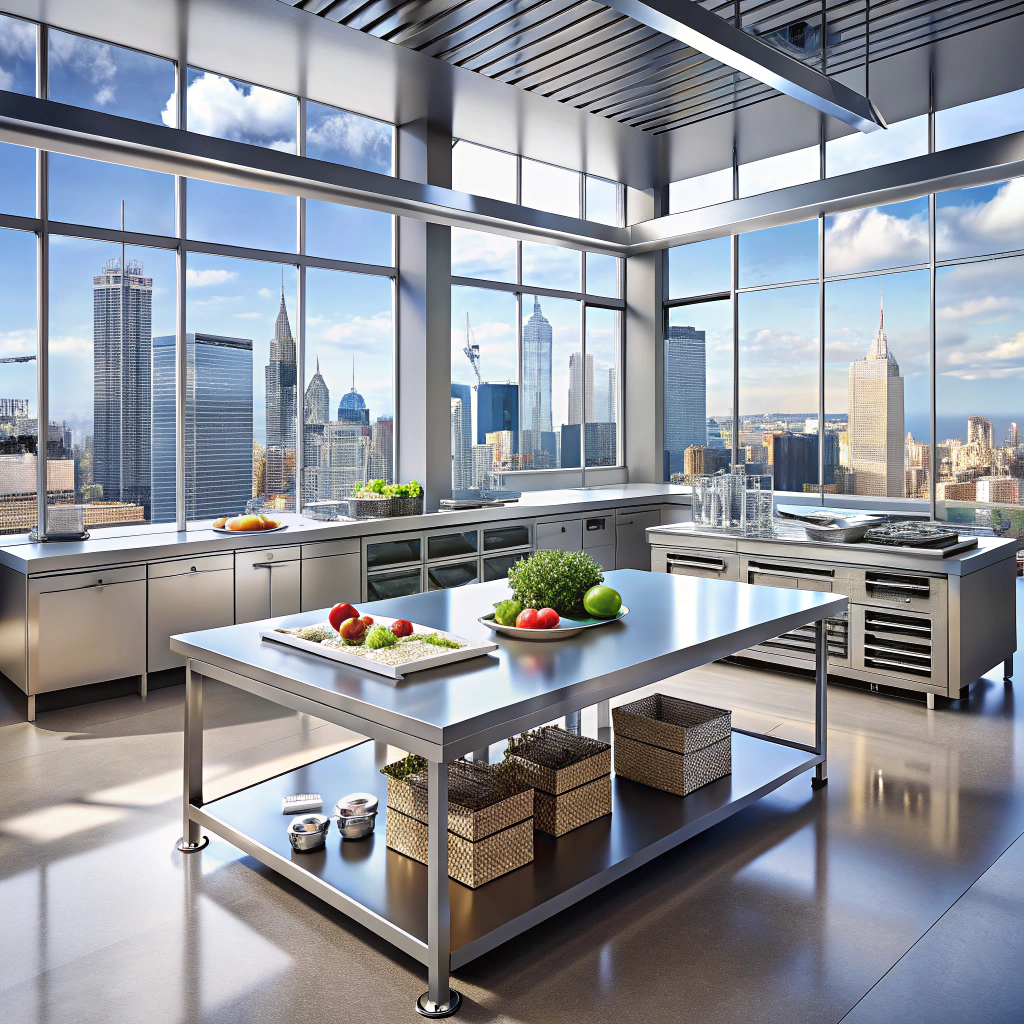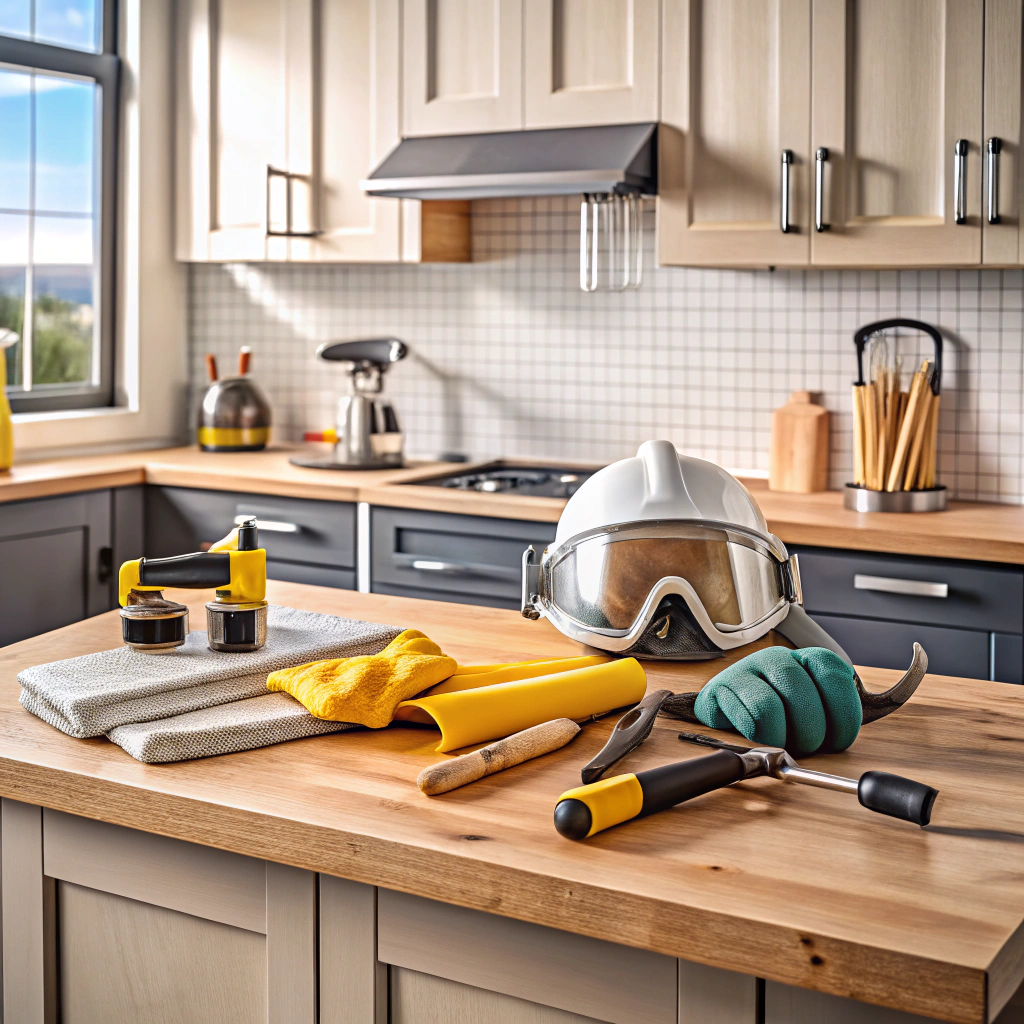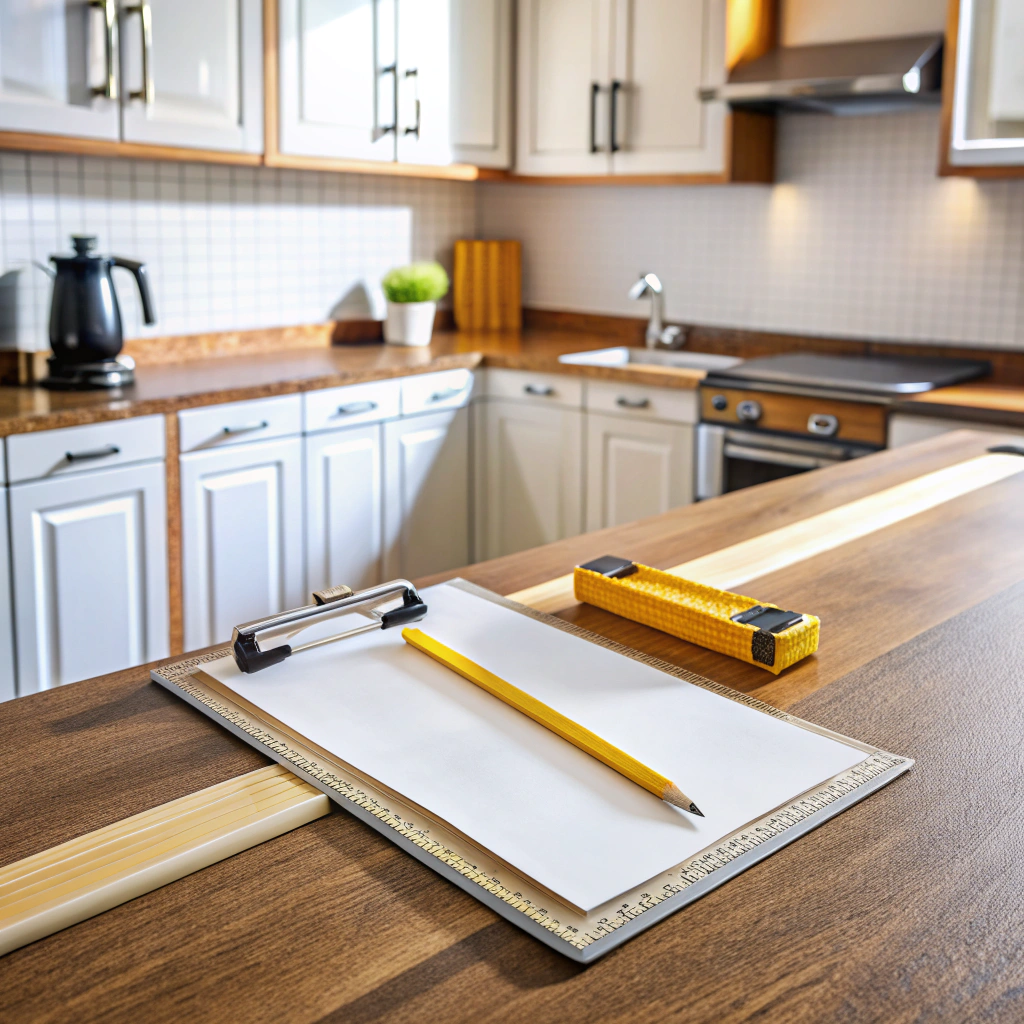Last updated on
Learn what influences the cost of renting a commercial kitchen and discover some cost-saving tips along the way.
So, you’re ready to whip up a culinary storm, but your kitchen at home just won’t cut it. Enter the dazzling world of commercial kitchen rentals! From bustling city spaces to quaint suburban nooks, renting a commercial kitchen can turn your cooking dreams into reality—without the smoke alarm going off every five minutes. You’ll discover all you need to know about pricing, billing models, additional costs, and more. Whether you’re a budding foodpreneur or just need extra space for that special event, we’ve got the lowdown on how to stir your way to success. Hold onto your aprons; you’re in the right place to sauté through the facts!
Key takeaways:
- Costs vary by location and size.
- Typical rates range from to 0 per hour.
- Additional costs include cleaning and utilities.
- Shared kitchens are budget-friendly, private kitchens cost more.
- Negotiation can lead to savings; know your market.
What's Inside
Factors Affecting Pricing (location, Size, Equipment)

Ah, the price tag conundrum—it’s not as simple as choosing between a latte and a fancy frappuccino. One of the biggest influencers? Location, location, location! Renting a kitchen in bustling downtown Manhattan? That’ll cost a pretty penny compared to, say, a serene spot in rural Nebraska, where even the cows say “moo” for cheaper.
Size matters too. A sprawling kitchen filled with shiny stainless steel (cue the bling) costs more than a cozy nook with just the essentials. It’s like renting a mansion versus a studio—more room equals more dinero.
Equipment’s the cherry on top! Fancy gear like convection ovens, blast chillers, and enough gadgets to make a tech nerd swoon can bump up the cost. If you want to play ‘Iron Chef,’ be ready to pay ‘Iron Chef’ bucks.
So, whether you’re dreaming of whipping up the next food truck sensation or testing grandma’s secret lasagna recipe, keep these factors in mind. They’re the holy trinity of kitchen costs!
Typical Pricing Ranges
Pricing for a commercial kitchen can feel like choosing toppings for a pizza—varied and intriguing. Here’s a glimpse at what you might expect:
In urban hotspots, you might shell out $75 to $200 per hour. Think Manhattan, where everything costs more, from breadsticks to broom closets.
Suburban areas typically go for $35 to $75 per hour. A little less excitement, maybe, but your wallet will thank you.
Rural locales can be as low as $15 to $25 per hour. Bonus: cows might be your neighbors.
Monthly rates? These often range between $1,500 and $4,500 largely depending on location and amenities.
Affordable, right? Keep that menu ready for some test kitchen magic!
Billing Models (hourly, Daily, Monthly Rates)
Time is money, especially in a commercial kitchen. It’s like renting a hotel room but for your culinary dreams. Typically, three billing models dominate this landscape.
Hourly rates: Perfect for short-term use or testing the waters of a new recipe. These can range from as low as $15 to $50 per hour, depending on the swankiness of the kitchen.
Daily rates: If you plan on a marathon cooking session, go for daily! Prices usually hover between $150 and $300. Think of it as a culinary day-camp, just without the counselors and bug spray.
Monthly rates: For those looking to settle in and make a home away from home, monthly rentals offer consistency. Prices vary significantly, often from $1,000 to $4,000, depending on location and amenities. It’s like leasing an office, but instead of a desk and a potted plant, you get ovens and mixing bowls galore.
Each billing model gives you the flexibility to choose what suits your business style best, much like pairing a fine wine to your perfectly seared steak. Bon appétit!
Additional Costs (cleaning, Utilities, Security Deposits)
When renting a commercial kitchen, it’s not just the base rate that you need to consider. Surprise! There are some additional costs that can sneak up on you faster than a cat on a countertop.
Cleaning fees are common, because nobody wants to deal with the horror of inheriting someone else’s spaghetti sauce spill. Many kitchen rentals require you to pay a cleaning fee, which can vary based on the intensity of the cleaning needed.
Utilities might also not be included in your base rent. Like a mysterious line item on a restaurant bill, these can unexpectedly bloat your overall cost. Water, electricity, gas – these can all add up. It’s essentially your kitchen’s utility bill for its gluttonous appetite.
Security deposits are like insurance for them, but a minor inconvenience for you. These can often be hefty, ensuring that if you decide to turn the kitchen into your personal skillet juggling gym, they have some recourse.
Keep these in mind when budgeting for a rental. It’s easy to get blinded by the sparkling equipment and forget that there are other costs playing hide and seek.
Licensing and Insurance Requirements
Ah, the not-so-secret world of paperwork! When renting a commercial kitchen, you can’t just waltz in with your apron and spatula. Here are a few things to keep in mind:
First up, licensing. It’s like your kitchen’s passport to legitimacy. Ensure your operations are up to code with local regulations. This might include food handling permits or health inspections. They’re not as thrilling as a new recipe flavor bomb, but they’re essential.
And then we have insurance, your safety net for culinary adventures. Liability insurance protects against damages or accidents. Imagine it as a kitchen fairy godmother, safeguarding your business from unexpected mishaps.
Check with the kitchen rental provider about any specific requirements they have. Some might even help guide you through the process because, let’s face it, nobody’s idea of a good time is reading fine print over a hot stove.
Equipment and Amenities Included
When renting a commercial kitchen, it’s like stepping into a wonderland of gizmos and gadgets that you may not have lurking in your home kitchen. First up on the equipment list might be industrial ovens. These bad boys can cook up a storm bigger than any Thanksgiving dinner. Mixers that look like they could moonlight as gym equipment? Check. And don’t even get started on walk-in refrigerators! Ever played hide and seek in a fridge? Now’s your chance.
Flat-topped griddles are another common find, perfect for flipping more pancakes than a caffeinated diner cook on a Sunday morning. You might even spot a deep fryer glistening like a vat of golden dreams (or arteries).
But it’s not all about the kitchen bling. Some rentals include dishware, utensils, and those elusive spices you always seem to forget at the store. The amenities can be as varied as the contents of a mystery box on a cooking show.
Just keep in mind, these extras can boost productivity and shave time off your schedule, making it worth the rent alone. Kind of like renting both the kitchen and the magic wand.
Accessibility and Parking
Oh, the joy of finding a parking spot! When scouting for your kitchen, consider how accessible it is for your team, suppliers, and customers.
A location near public transit is a blessing, saving you from the dreaded “where do I park?” saga. If your kitchen commands a parade of trucks delivering daily, ease of access for delivery vehicles is a must. After all, no one wants their fresh produce marooned at the curb.
Secure parking for your staff is equally important. Remember, an employee searching for parking is an employee not chopping onions.
Spacious loading docks are a gem. Picture stress-free unloading and less grumbling from your delivery team.
If you’re in a high-traffic area, check peak hours to avoid traffic snarls. Time is money; don’t waste it in a jam.
Appropriate zoning is another factor. Ensure your dream kitchen matches local regulations. Nothing quashes dreams faster than a zoning violation. Fun times.
Shared Vs. Private Kitchen Options
Picture this: a bustling shared kitchen filled with chefs chopping, sautéing, and maybe even doing impromptu culinary dance moves to their favorite tunes. A shared space is ideal for those just dipping their toes in the food business waters without a huge upfront investment. It’s economical and offers professional-grade equipment. Plus, there’s the bonus of possibly making new foodie friends! However, beware: you might have to wrestle for time slots during peak periods.
On the flip side, imagine having your own private kitchen sanctuary. No jostling over oven space or worrying about someone else using all the salt. Privacy means you can arrange the Feng Shui of the spice racks without getting weird looks. But alas, this luxury comes with a heftier price tag. It’s like picking between having a romcom roommate or living that penthouse suite life.
Both have perks and pitfalls, largely down to budget and business scale. It’s like choosing between a big family holiday dinner or a quiet meal for one. Decide how much you’re ready to dance (or not) with kitchen comrades and let your business needs guide you.
Tips for Cost Negotiation
Get your poker face ready, because haggling isn’t just for flea markets! Here are some savvy tips to help you save a few bucks when renting a commercial kitchen.
First, know the market. Research local prices to understand where your potential kitchen stands in the price spectrum. Armed with this info, you’re like a knight with knowledge armor.
Timing is everything. Booking during off-peak hours or slower seasons can give you the upper hand. Everyone loves a discount, especially when the supplier is trying to fill empty slots.
Bundle it up. If you know you’ll be using the kitchen frequently, ask for a discount on bulk hours or a long-term contract. Like buying a year’s supply of chocolate—cheaper in the long run.
Point out the perks of being a loyal customer. Long-term collaborations can be lucrative for landlords, so emphasizing your reliability might earn you a better deal.
Don’t shy away from discussing competition. If a rival kitchen offers a better price or amenities, let the owner know. This playful nudge could just do the trick.
Finally, use those puppy eyes for added effect. Works every time. Well, almost. Good luck!
Examples of Popular Commercial Kitchen Rental Services
Incubator kitchens sprout everywhere these days. We Cook is a big hit, known for its hourly rates and flexible scheduling. Ghost kitchens are another big player, like CloudKitchens, offering space for delivery-only restaurants. Think of them as renting a cozy corner of the internet for food deliveries.
Then there’s the powerhouse Pilotworks, catering to budding food startups, usually with a waiting list longer than your grocery receipt when you’re hungry. Kitchens like Prep Atx combine kitchen rental with networking opportunities, staging impromptu chef showdowns—welcome to networking with oven mitts!
For those with a taste for the organic or clean eats, Culina caters to health-conscious entrepreneurs, ensuring a space chock-full of vitality and greens. Just remember to keep an eye out for “Culina Clean”, their sneaky rule about leaving no trace of the kale explosion.




